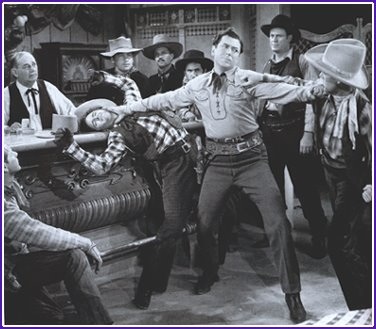I have sighted a new urban myth: Electric heating is cheaper than oil heat! Here in Boston people heat with both gas and oil, and the cost per unit of heat between the two has diverged rapidly over the last few years. Those who heat with oil are looking for ways out of their plight. Apparently the rumor making the rounds that it is cheaper to use electric. That’s not true.
In related news Martin brings my attention to a company EnerNoc that sells negative energy, i.e. load shedding, to the utilities. They use telecom and widgets to shift power consumption from high demand time periods into low demand time periods. Martian’s example is the fridge. You chill when power is plentiful and let it coast when others are paying higher prices.
I assume that EnerNoc’s role in all this is to aggregate small power users into a large enough pool to be worthy of selling to the utilities. It’s a interesting example of a coordination problem. There are of course other ways to approach the problem; ones that are less dependent on a thicket of contracts and ongoing coordination signals controlled by a middleman and enabled, as Martian, points out by the telecom infrastructure.

The obvious alternative is to just broadcast signal; and let the demand side react to the signal by selling some simple technology that responds to the signal in reasonably simple ways. That alone would enable substantial contributions from the demand side. But you can improve the incentive structure either thru regulation or by using statistical sampling to tell which customers have gotten with program; and then reduce their tariffs.
The amount of signal that needs to flow from the grid operators to the consumers is small, in the sense that you can broadcast it. A signal only needs to flow back the other way sufficient to assure that the incentives play out right. It is stupid to presume that the only incentives that are available are monetary or that they need to be executed with fastidious accounting. Most social systems have very fuzzy accounting and they work just fine, thank you!
The puzzle to be solved here is how to draw more of the peripheral demand into a load balancing system. Reading about EnerNoc’s approach isn’t the first time I’ve seen discussion of this. For example Bruce Schneier mentioned a regulatory attempt at something similar. I liked that one a lot, it provided a way to signal household thermostats. He was concerned that the resulting system would attract hackers. I presume he’d be just as sanguine about the security of the EnerNoc system; probably more so since it’s a closed system.
Such concerns are appropriate, but for heaven sakes I wish smart people like Bruce would stop pretending that these cases are somehow unique. It is the very rare large scale system that doesn’t have vunerable choke points. Hubs who’s failure can bring the entire system to it’s knees. Telling designers not to build large systems because of those risks is lame. Helping them know how to build them so they are safe and robust is hard, yes. But these systems get built because they generate mind boggling amounts of value. So it’s better to do the hard job and forgo the short term pleasure of a bit of hysteria.
Speaking of load shedding: turning your car’s engine off when you stop is more efficient than you thought.


 This
This rs are answerable to a handful of peers.” When the middle scale systems die off you left with nothing but long-tail, and elites in their walled-gardens.
rs are answerable to a handful of peers.” When the middle scale systems die off you left with nothing but long-tail, and elites in their walled-gardens.